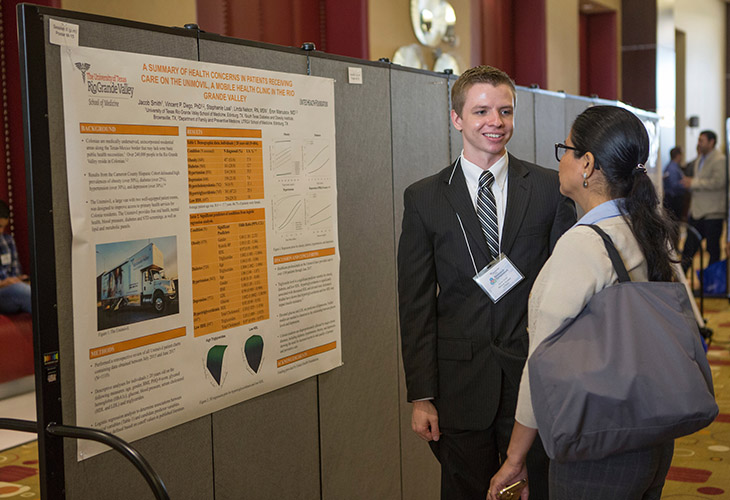Document Type
Article
Publication Date
Summer 2022
Abstract
Diabetic retinopathy is the leading cause of blindness in the world. It is precipitated by damages to the microvasculature in the retinas of our eyes. Hyperglycemia leads to pericyte dropout and increased vascular permeability. This sets off a cascade of deleterious effects for local cells such as Müller cells and photoreceptor cells. Photoceptor cells express interphotoreceptor retinoid binding protein (IRBP) which protects retinoids from photodegradation in the interphotoreceptor matrix. Death of these cells due to hypoxic conditions causes a reduction of IRBP concentration. Likewise, hypoxic conditions for Müller induces them to release damaging cytokines and growth factors. Effects of these cytokines and growth factors on photoreceptor cells during the pathogenesis of diabetic retinopathy may provide insight for targeted therapy based on cell survival in various treatment conditions.
Recommended Citation
Tsin, Andrew; Valdez, Laura; Campos, Manny Edward; and Srinivasan, Sridhar, "How Diabetes affects Interphotoreceptor Retinoid- Binding Protein (IRBP) Expression Using Cell Culture: Growth Curves" (2022). MEDI 8127 Scholarly Activities Pre-Clerkship. 23.
https://scholarworks.utrgv.edu/som8127/23
Academic Level
medical student
Mentor/PI Department
Molecular Science


